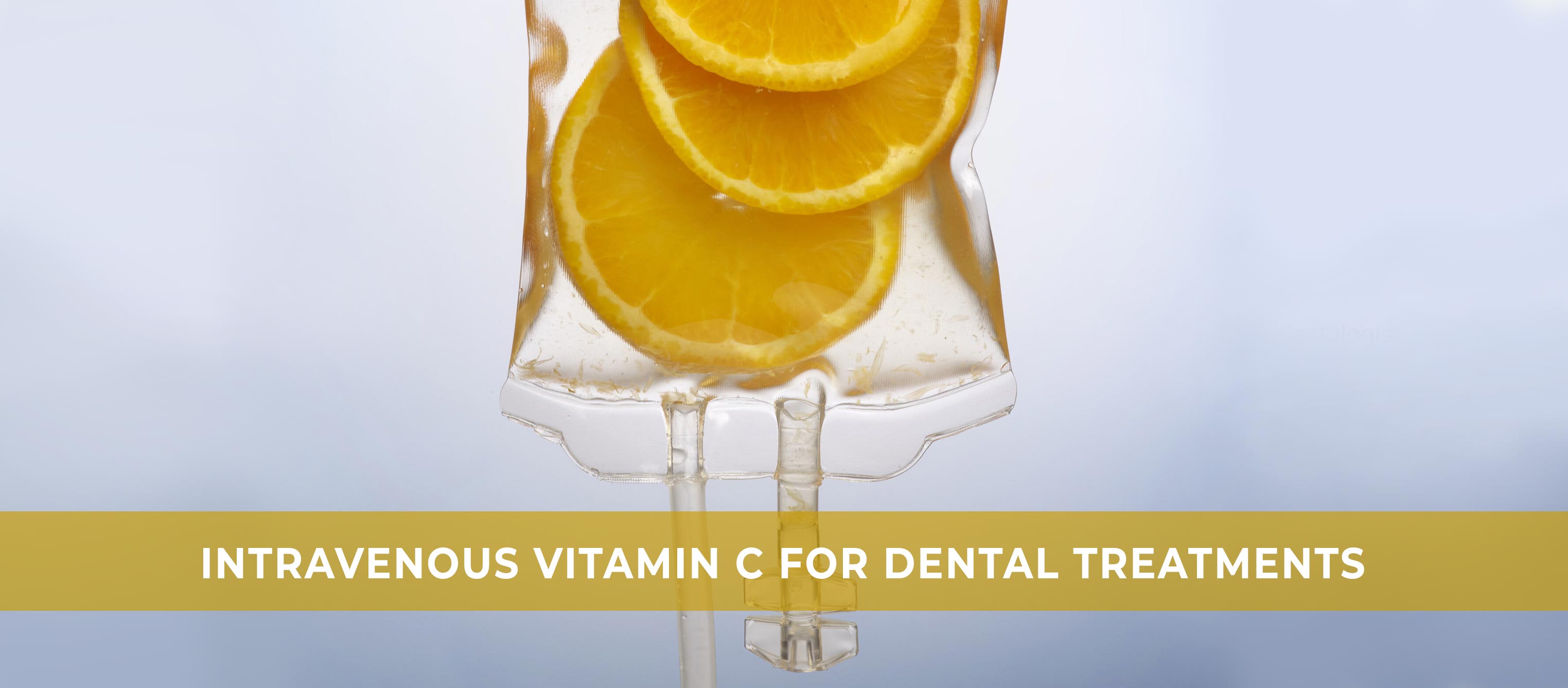Shining Smiles: The Radiant Revolution of Low-Level Laser Therapy in Dentistry
December 13th, 2023
(Excerpts from Article “Low Level Laser Therapy in Dentistry” published in International Journal of Laser Dentistry · December 2013, authored by Meenu Goyal, Sameer Makkar, Shinam Pasricha)
Soon after the discovery of lasers in the 1960s it was realized that laser therapy had the potential to improve wound healing and reduce pain, inflammation and swelling. Today, dentists have a variety of wavelengths to choose from the growing industry of lasers. Also, the field has broadened to include light-emitting diodes and other light sources, and the range of wavelengths used now includes many in the red and near infrared. Each wavelength has a unique interaction with the target tissues of the oral cavity. Laser dentistry, formerly embraced only by the speciality of oral and maxillofacial surgery, now, is positively affecting every field of dentistry. From pediatric and operative dentistry to periodontics, prosthetics to cosmetics and implantology, lasers have made a tremendous impact on the delivery of dental care in the 21st century and will continue to do so as the technology continues to improve and evolve. As low level lasers are more biocompatible than hard lasers, they are evolving rapidly.
Dental Infections:
Lasers kill bacteria by mechanism known as lethal laser photosensitization (LLP). Laser radiation emitted from a low power laser device activates a dye like toluidine blue O, which in turn exerts a lethal effect on particular cells, such as bacteria
Analgesia:
Low level laser therapy (LLLT) is being used by many dentists and pedodontists for analgesia of primary tooth restorations.
Dentin Hypersensitivity:
LLLT is efficacious when either the tooth crown or the root apex is irradiated.
Endodontics:
It is effective for reducing pain and inflammation after endodontic treatments, but can also be used as a diagnostic tool for pulp hyperemia.
Endodontic Surgery:
Postoperative pain relief after apicectomies can be achieved by irradiating the operation site subsequent to suturing
Postextraction and Bone Healing Therapy:
It is useful to irradiate the area before and after an extraction. Before extraction it aids in faster onset of local analgesia and reduced bleeding while after extraction, it aids in control of the swelling and inflammation.
Oral Mucositis:
It is used as a preventive application to mucositis and as a treatment mechanism for healing erupted sores
Implant:
LLLT can effectively decrease pain sensations during the implant placement, help speed the integration of the implant into the bone and improve the quality of the bone around the implant.
Periodontology:
LLLT stimulates fibroblasts for faster regeneration of soft tissue, while providing analgesia and a modulation of the inflammatory chemicals that cause pain and discomfort. LLLT when used in conjunction with surgical lasers for treatment such as gingivectomies, periodontitis and periodontal surgery, have shown great promise in achieving improved clinical outcomes.
Orthodontics:
Orthodontic treatments are lengthy and often painful for many patients. LLLT stimulates osteoblasts which results in an increased velocity of tooth movement. It also decreases the inflammation and pain caused from the pressure on the teeth during orthodontic tooth movement.
TMJ and Orofacial:
Pain From simple and acute cases like facial pain after long appointments to chronic TMJ cases, laser therapy (Fig. 13) will help reduce pain and inflammation, and significantly resolve muscle trismus.
Look for the light in the new millennium, bringing a new wave of exciting dental procedures. Dental laser technology has been developed that can be used to generate both hard and soft tissue laser energy, depending upon the patient’s needs. As more dentists practice laser dentistry, new procedures are tested and perfected. Patients appreciate the reduced risk and recovery time of laser procedures and as more and more demand that this technology be used in their dental offices, dentists around the world are complying. They are looking forward to greater comfort and precision care provided by laser technology. Lasers are certainly the future for dentistry as it makes it very easy to remove the decay. It is very helpful when reaching areas that were hard to treat with traditional treatments. There is low risk of infections in and around the treatment area. Laser dentistry has been a benchmark in dentistry and is truly the future of this field. It has boosted a trauma-free treatment yet increasing the confidence of the dentist as well as the patient. A new level of procedures, protocols and strategies have been adopted that not only surpasses the traditional treatment methods but also furthers the healing process. Lasers are the future of dentistry mainly because it far exceeds the bar that has been set by traditional drilling and other procedures. Most of all, lasers have changed the way patients and dentists think and operate.
More than 30 years of research into LLLT has yielded thousands of journal articles, hundreds of them with specific dental implications. However, there is still considerable skepticism regarding LLLT’s legitimacy within the broad scientific community. Due to lack of complete knowledge of principles of photobiology, the field of LLLT is shunned by the core scientific community.














 Website Powered by Sesame 24-7™
Website Powered by Sesame 24-7™